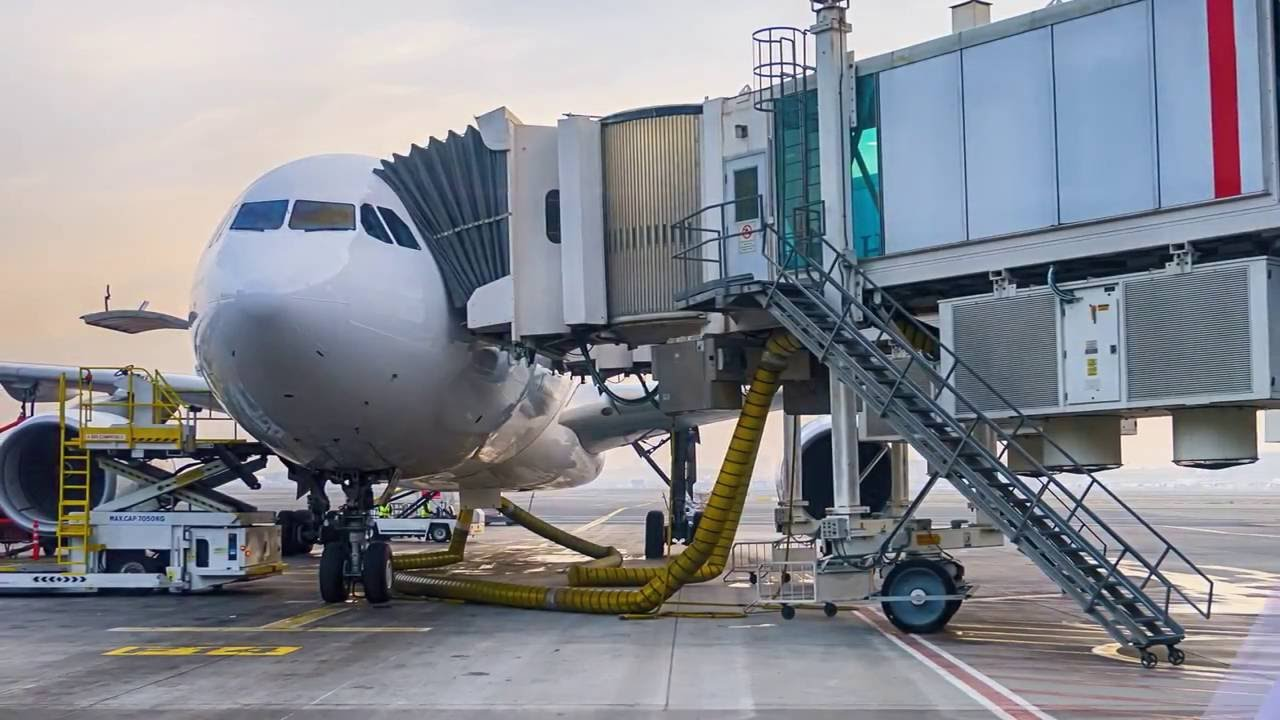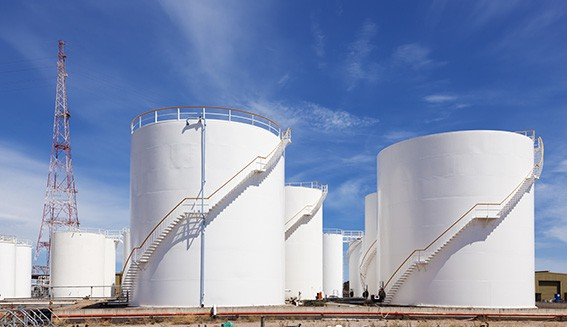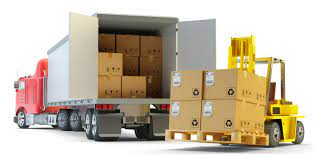Goods Packaging Machine Operator (1 years diploma)
Goods Packaging Machine Operator click here
Goods Packaging Machine Operator
Brief Job Description
Goods Packaging Machine Operators are also known as Goods Packaging Operators or Packaging
Operators. Individuals in this role are responsible for operating packaging equipment to pack goods and
pasting labels onto the sealed packing cases. In case of large scale operations, the labelling operation
might be done by a separate person.
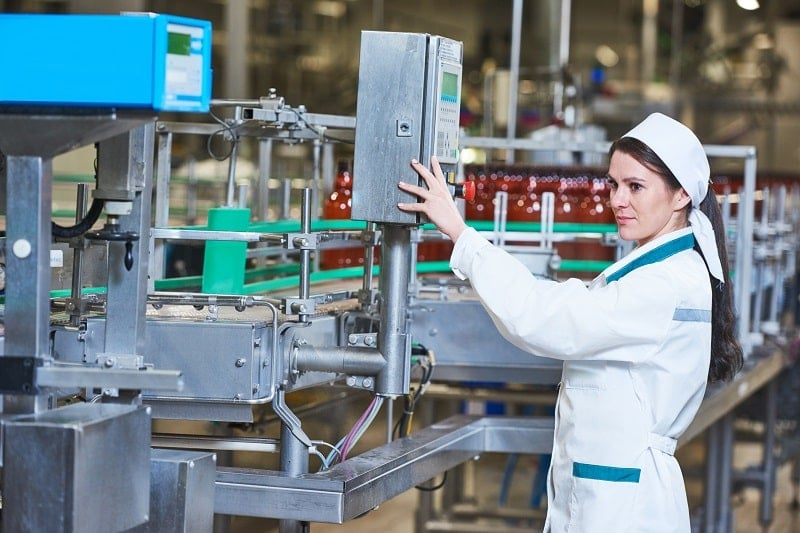
Personal Attributes
This job requires the individual to work well with his/her team and achieve joint goals. The individual must
be able to prioritize and execute tasks within scheduled time limits. The individual should be able to
maintain high concentration levels throughout his/her shift.
Minimum Educational Qualification &
Experience
12th Class with 6 Months of experience
relevant experience
OR
10th Class (+ ITI (2 years after Class 10th))
OR
10th Class (and pursuing continuous regular
schooling)
OR
Certificate-NSQF (Warehouse Associate –
Level 3) with 2 Years of experience relevant
experience
Minimum Level of Education for Training in
School
Pre-Requisite License or Training Trained in operating machines
Minimum Job Entry Age 18 Years
Last Reviewed On NA
Next Review Date NA
NSQC Approval Date
Version 3.0
To Carry Out Housekeeping
Description
This unit is about carrying out housekeeping activities
Elements and Performance Criteria
Preparing for housekeeping activities
To be competent, the user/individual on the job must be able to:
PC1. inspect the area while taking into account various surfaces
PC2. identify the material requirements for cleaning the areas inspected, by considering risk,
time, efficiency and type of stain
PC3. ensure that the cleaning equipment is in proper working condition
PC4. select the suitable alternatives for cleaning the areas in case the appropriate equipment and
materials are not available and inform the appropriate person
PC5. plan the sequence for cleaning the area to avoid re-soiling clean areas and surfaces
PC6. inform the affected people about the cleaning activity
PC7. display the appropriate signage for the work being conducted
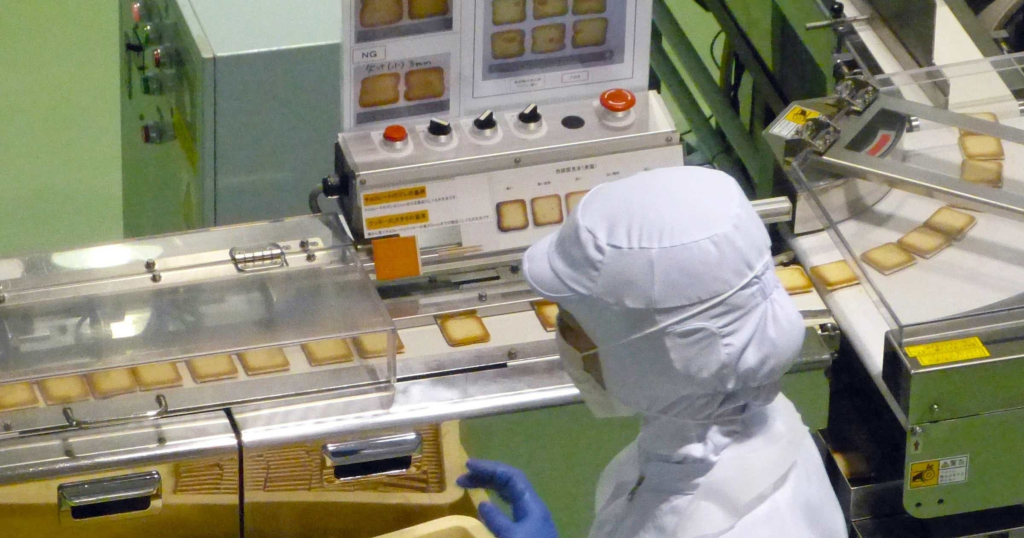
PC8. ensure that there is adequate ventilation for the work being carried out
PC9. wear the personal protective equipment required for the cleaning method and materials
being used
Carry out Housekeeping
To be competent, the user/individual on the job must be able to:
PC10. use the correct cleaning method for the work area, type of soiling and surface
PC11. carry out cleaning activity without disturbing others
PC12. deal with accidental damage, if any, caused while carrying out the work
PC13. report to the appropriate person any difficulties in carrying out your work
PC14. identify and report to the appropriate person any additional cleaning required that is outside
ones responsibility or skill
Post housekeeping activities
To be competent, the user/individual on the job must be able to:
PC15. ensure that there is no oily substance on the floor to avoid slippage
PC16. ensure that no scrap material is lying around
PC17. maintain and store housekeeping equipment and supplies
PC18. follow workplace procedures to deal with any accidental damage caused during the cleaning
process
PC19. ensure that, on completion of the work, the area is left clean and dry and meets
requirements
PC20. return the equipment, materials and personal protective equipment that were used to the
right places making sure they are clean, safe and securely stored
PC21. dispose the waste garnered from the activity in an appropriate manner
PC22. dispose of used and un-used solutions according to manufacturers instructions, and clean the
equipment thoroughly
Knowledge and Understanding (KU)
The individual on the job needs to know and understand:
KU1. the levels of hygiene required by workplace and why it is important to maintain them during
your work
KU2. how to inspect a work area to decide what cleaning it needs
KU3. methods and materials that used for cleaning variety of surfaces kb4
KU4. the types of cleansing agents that are not to be mixed together
KU5. the correct method for cleaning equipment and/or machinery used during your work
KU6. the importance of personal protective equipment
KU7. appropriate personal protective equipment for the work area,cleaning equipment, tools,
materials and chemicals used
KU8. the correct sequence for cleaning the work area
KU9. the time taken by the treatment to work
KU10. the importance of following manufacturer’s instructions on cleaning agents
KU11. the most appropriate place to carry out test cleans and why this should be done before
applying treatments
KU12. the importance of applying treatments evenly and the effect of not doing this
KU13. process of cleaning the surfaces without causing injury or damage
KU14. the method to check the treated surface and equipment on completion of cleaning
KU15. procedures for reporting any unidentified soiling
KU16. procedures for disposing off waste
KU17. procedures for disposing off or storing personal protective equipment
KU18. escalation procedures for soils or stains that could not be removed
Generic Skills (GS)
User/individual on the job needs to know how to:
GS1. construct simple sentences and express ideas clearly through written communication
GS2. fill up appropriate technical forms, process charts, activity logs in required format of the
company
GS3. write simple letters, mails, etc
GS4. read and understand manuals, health and safety instructions, memos, reports etc
GS5. read images, graphs, diagrams
GS6. understand the various color codes, as per company nomenclature
GS7. express statements, opinions or information clearly so that others can hear and understand
GS8. participate in and understand the main points of simple discussions
GS9. respond appropriately to any queries
GS10. communicate with supervisor
GS11. handle cleaning equipment
GS12. handle cleaning agents
GS13. handle scrap
GS14. handle chemicals and other material
GS15. select the appropriate cleaning compound for different jobs, sections of the shop floor
GS16. suggest improvements(if any) in process based on experience
Prepare for Packaging
Description
This unit is about preparing for packaging
Elements and Performance Criteria
Obtain information required for packaging
To be competent, the user/individual on the job must be able to:
PC1. get the shift schedule and the total number of packages required by the end of the day from
supervisor
PC2. understand the number of packages required for each type of product
PC3. collect a list with details of type of packaging material, size of packaging case to be used and
desirable weight range of each product from the supervisor.
PC4. understand variations among packages of different products.
Prepare packaging area
To be competent, the user/individual on the job must be able to:
PC5. remove any unnecessary items from the area to make space for the items to be packaged.
PC6. perform a quick safety inspection of the workplace.
PC7. clean up any spills or breakages
Assess requirements and collect necessary items
To be competent, the user/individual on the job must be able to:
PC8. assess the Personal Protective Equipment (PPE) required based on the product and the work
environment
PC9. collect and wear all the necessary ppe.
PC10. collect any small packaging equipment such as tape gun and check its condition
Get the packaging equipment ready

To be competent, the user/individual on the job must be able to:
PC11. check the condition of packaging equipment such as cartoners, tray packer, blister packer,
overwrappers, etc. make any setting changes that are required to ensure the machines are
working well
PC12. ensure there is sufficient tape and other sealants. load them into the packaging machine
PC13. switch on packaging equipment and ensure that that it is warmed up and ready for
packaging. note the temperature, speed, etc
PC14. perform a trial to ensure that the machine is working well.
PC15. recalibrate machine setting if required to ensure that work will be done properly.
PC16. report to the supervisor if there is a problem that could not be fixed.
Knowledge and Understanding (KU)
The individual on the job needs to know and understand:
KU1. knowledge of organizational products, policies and procedures
KU2. role and responsibilities of colleagues on the shop floor
KU3. procedures for dealing with loss or damage to goods
KU4. risk and impact of not following defined procedures/work instructions
KU5. nature and characteristics of components being packaged
KU6. knowledge of all relevant safety and security procedures
KU7. knowledge of entire shop floor activities and persons in charge of each function
KU8. knowledge of coding system being used by the organization for labelling
KU9. knowledge of Standard Operating Procedures (SOPs) and how to react in emergencies
KU10. knowledge of controls and parameters that need to be set to operate the packaging machine
KU11. knowledge of possible packaging machine problems and solutions
KU12. knowledge of packing materials that can be used for different products
KU13. types of workplace hazards that one can encounter on the job and safe operating practices
KU14. ability to judge damaged items
KU15. knowledge of unique characteristics of items such as hazard, handling method to be used
etc.
KU16. knowledge of how to use packaging equipment such as cartoners, tray packer, blister
packer, overwrappers, etc. as well as labelling equipment.
Generic Skills (GS)
User/individual on the job needs to know how to:
GS1. fill out status reports, shift status reports, damage reports, etc.
GS2. fill out any complaint/insurance related forms for damaged goods
GS3. read labels and understand the codes as per company procedures
GS4. read and understand handling instructions and records.
GS5. read safety manuals and safety signs on the shop floor
GS6. communicate clearly with supervisors and peers
GS7. regularly communicate with all employees in the chain of activities on the shop floor to
ensure activities are running smoothly
GS8. provide advice and guidance to peers and juniors
GS9. act objectively , rather than impulsively or emotionally when faced with difficult/stressful or
emotional situations
GS10. ability to make a judgment as to whether the packaging equipment is in good condition or
not.
GS11. adjust according to volume, capacity and manpower needs during peak and non-peak hours
GS12. prioritize and execute tasks within the scheduled time limits
GS13. maintain schedules and punctuality. avoid absenteeism
GS14. be a team player and achieve joint goals
GS15. flexibility to re-assess schedule in case of delays/additional orders
GS16. understand the customer requirements and ensure that they are met.
GS17. identify trends/common causes for errors and suggest possible solutions to the supervisor
GS18. handle day to day problems like delays, staffing shortage, etc.
GS19. suggest methods to streamline the packaging process.
GS20. ability to identify the packaged product and paste all the required labels onto it.
GS21. ability to concentrate on task at hand and complete it without errors
Perform Packaging
Description
This unit is about performing packaging
Elements and Performance Criteria
Seal the packages
To be competent, the user/individual on the job must be able to:
PC1. check that the goods to be packed are in their appropriate packaging cases.
PC2. ensure that the packaging cases are lined up and ready on the conveyor belt of the
packaging machine
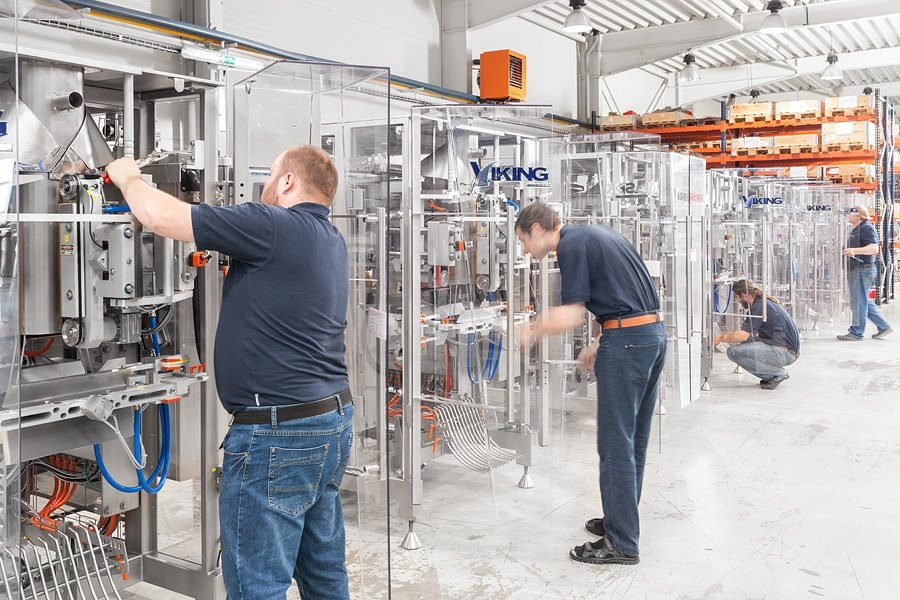
PC3. use the packaging equipment to seal the packaging cases in an optimal manner
PC4. weigh the package to determine if it is within the allowed limits.
PC5. report errors and discrepancies, if any to supervisor.
PC6. remove sealed package from the packaging machine
PC7. follow guidelines with respect to handling, move sealed packages to the labelling area or
handover to carpenters if required.
PC8. perform labelling or handover sealed package to a labeler for labelling as per company policy
Dealing with issues and common packaging machine problems
To be competent, the user/individual on the job must be able to:
PC9. if there is a machine jam or the conveyor gets stuck, press the reset button and perform the
corrective measures.
PC10. if the machine stops because the sealant got over, reload the sealant.
PC11. if a package was missed during sealing, identify it and place it near the end of the line to be
sealed again
PC12. ensure machine is not operated beyond rated capacity in case of breakdown
PC13. for any other issues, including acidents report to the supervisor
Knowledge and Understanding (KU)
The individual on the job needs to know and understand:
KU1. knowledge of organizational products, policies and procedures
KU2. role and responsibilities of colleagues on the shop floor
KU3. procedures for dealing with loss or damage to goods
KU4. risk and impact of not following defined procedures/work instructions
KU5. nature and characteristics of components being packaged
KU6. knowledge of all relevant safety and security procedures
KU7. knowledge of entire shop floor activities and persons in charge of each function
KU8. knowledge of coding system being used by the organization for labelling
KU9. knowledge of Standard Operating Procedures (SOPs) and how to react in emergencies.
KU10. knowledge of controls and parameters that need to be set to operate the packaging machine
KU11. knowledge of possible packaging machine problems and solutions.
KU12. knowledge of packing materials that can be used for different products.
KU13. types of workplace hazards that one can encounter on the job and safe operating practices
KU14. ability to judge damaged items.

KU15. knowledge of unique characteristics of items such as hazard, handling method to be used
etc.
KU16. knowledge of how to use packaging equipment such as cartoners, tray packer, blister
packer, overwrappers, etc. as well as labelling equipment
Generic Skills (GS)
User/individual on the job needs to know how to:
GS1. fill out status reports, shift status reports, damage reports, etc.
GS2. fill out any complaint/insurance related forms for damaged goods
GS3. read labels and understand the codes as per company procedures
GS4. read and understand handling instructions and records.
GS5. read safety manuals and safety signs on the shop floor
GS6. communicate clearly with supervisors and peers
GS7. regularly communicate with all employees in the chain of activities on the shop floor to
ensure activities are running smoothly
GS8. provide advice and guidance to peers and juniors
GS9. act objectively , rather than impulsively or emotionally when faced with difficult/stressful or
emotional situations
GS10. ability to make a judgment as to whether the packaging equipment is in good condition or
not.
GS11. adjust according to volume, capacity and manpower needs during peak and non-peak hours
GS12. prioritize and execute tasks within the scheduled time limits
GS13. maintain schedules and punctuality. avoid absenteeism.
GS14. be a team player and achieve joint goals.
GS15. flexibility to re-assess schedule in case of delays/additional orders
GS16. understand the customer requirements and ensure that they are met.
GS17. identify trends/common causes for errors and suggest possible solutions to the supervisor
GS18. handle day to day problems like delays, staffing shortage, etc.
GS19. suggest methods to streamline the packaging process.
GS20. ability to identify the packaged product and paste all the required labels onto it
GS21. ability to concentrate on task at hand and complete it without errors
: Carry out Labelling
Description
This unit is about carrying out labelling
Elements and Performance Criteria
Preparing for labelling
To be competent, the user/individual on the job must be able to:
PC1. Understand labelling schedule, products being labelled and number of labelled packages
required by the end of the day from the supervisor.
PC2. Get information on the type and size of packing cases used for each product.
PC3. Determine what labels are required.
PC4. Collect all the required labels from the supervisor
PC5. Inform supervisor to place orders for more labels if insufficient.
Collect sealed packages, label and move them
To be competent, the user/individual on the job must be able to:
PC6. Collect sealed packages from the labelling area
PC7. Identify the product contained in the packing case
PC8. Paste all the required labels onto the packing case in the right areas.
PC9. Verify that all required labels have been pasted onto the packing case in the right areas
PC10. Move labelled packages to the finished packages area.Remove any unnecessary items from
the area to make space for the items to be packaged
Knowledge and Understanding (KU)
The individual on the job needs to know and understand:
KU1. knowledge of organizational products, policies and procedures
KU2. role and responsibilities of colleagues on the shop floor
KU3. procedures for dealing with loss or damage to goods
KU4. risk and impact of not following defined procedures/work instructions
KU5. nature and characteristics of components being packaged
KU6. knowledge of all relevant safety and security procedures
KU7. knowledge of entire shop floor activities and persons in charge of each function
KU8. knowledge of coding system being used by the organization for labelling
KU9. knowledge of Standard Operating Procedures (SOPs) and how to react in emergencies
KU10. knowledge of controls and parameters that need to be set to operate the packaging machine
KU11. knowledge of possible packaging machine problems and solutions.
KU12. knowledge of packing materials that can be used for different products
KU13. types of workplace hazards that one can encounter on the job and safe operating practices
KU14. ability to judge damaged items.
KU15. knowledge of unique characteristics of items such as hazard, handling method to be used
etc.
KU16. knowledge of how to use packaging equipment such as cartoners, tray packer, blister
packer, overwrappers, etc. as well as labelling equipment.
Generic Skills (GS)
User/individual on the job needs to know how to:
GS1. fill out status reports, shift status reports, damage reports, etc.
GS2. fill out any complaint/insurance related forms for damaged goods
GS3. read labels and understand the codes as per company procedures
GS4. read and understand handling instructions and records.
GS5. read safety manuals and safety signs on the shop floor
GS6. communicate clearly with supervisors and peers
GS7. regularly communicate with all employees in the chain of activities on the shop floor to
ensure activities are running smoothly
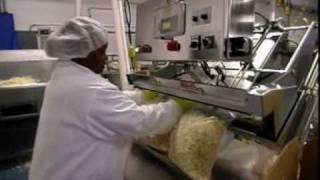
GS8. provide advice and guidance to peers and juniors
GS9. act objectively , rather than impulsively or emotionally when faced with difficult/stressful or
emotional situations
GS10. ability to make a judgment as to whether the packaging equipment is in good condition or
not
GS11. adjust according to volume, capacity and manpower needs during peak and non-peak hours
GS12. prioritize and execute tasks within the scheduled time limits
GS13. maintain schedules and punctuality. avoid absenteeism.
GS14. be a team player and achieve joint goals.
GS15. flexibility to re-assess schedule in case of delays/additional orders
GS16. understand the customer requirements and ensure that they are met.
GS17. identify trends/common causes for errors and suggest possible solutions to the supervisor
GS18. handle day to day problems like delays, staffing shortage, etc.
GS19. suggest methods to streamline the packaging process.
GS20. ability to identify the packaged product and paste all the required labels onto it.
GS21. ability to concentrate on task at hand and complete it without errors
Perform Post packaging activities
Description
This unit is about post packaging activities
Elements and Performance Criteria
Obtain information required for packaging
To be competent, the user/individual on the job must be able to:
PC1. switch off packaging equipment
PC2. dispose damaged labels and packing cases.
PC3. perform a quick safety inspection of the packaging and labelling areas
PC4. clean up any spills or breakages
PC5. return any PPE and equipment used to their storage racks.
PC6. clean and inspect the packaging equipment to ensure that it is fit for the next day’s operations
Prepare packaging area
To be competent, the user/individual on the job must be able to:
PC7. notify supervisor regarding any concerns faced at work such as delays due to machine stops,
damaged packages, etc.
PC8. provide feedback regarding damage if any, delays in packaging and labelling, inability to meet
an order, etc.
PC9. complete any forms as required by management such as packaging machine status, shift
status, etc.
Knowledge and Understanding (KU)
The individual on the job needs to know and understand:
KU1. knowledge of organizational products, policies and procedures
KU2. role and responsibilities of colleagues on the shop floor
KU3. procedures for dealing with loss or damage to goods
KU4. risk and impact of not following defined procedures/work instructions
KU5. nature and characteristics of components being packaged
KU6. knowledge of all relevant safety and security procedures
KU7. knowledge of entire shop floor activities and persons in charge of each function
KU8. knowledge of coding system being used by the organization for labelling
KU9. knowledge of standard operating procedures (sops) and how to react in emergencies.
KU10. knowledge of controls and parameters that need to be set to operate the packaging
machine.
KU11. knowledge of possible packaging machine problems and solutions
KU12. knowledge of packing materials that can be used for different products.
KU13. types of workplace hazards that one can encounter on the job and safe operating practices
KU14. ability to judge damaged items
KU15. knowledge of unique characteristics of items such as hazard, handling method to be used
etc.
KU16. knowledge of how to use packaging equipment such as cartoners, tray packer, blister
packer, overwrappers, etc. as well as labelling equipment
Generic Skills (GS)
User/individual on the job needs to know how to:
GS1. fill out status reports, shift status reports, damage reports, etc.
GS2. fill out any complaint/insurance related forms for damaged goods
GS3. read labels and understand the codes as per company procedures
GS4. read and understand handling instructions and records.
GS5. read safety manuals and safety signs on the shop floor
GS6. communicate clearly with supervisors and peers
GS7. regularly communicate with all employees in the chain of activities on the shop floor to
ensure activities are running smoothly

GS8. provide advice and guidance to peers and juniors
GS9. act objectively , rather than impulsively or emotionally when faced with difficult/stressful or
emotional situations
GS10. ability to make a judgment as to whether the packaging equipment is in good condition or
not
GS11. adjust according to volume, capacity and manpower needs during peak and non-peak hours
GS12. prioritize and execute tasks within the scheduled time limits
GS13. maintain schedules and punctuality. avoid absenteeism.
GS14. be a team player and achieve joint goals.
GS15. flexibility to re-assess schedule in case of delays/additional orders
GS16. understand the customer requirements and ensure that they are met
GS17. identify trends/common causes for errors and suggest possible solutions to the supervisor
GS18. handle day to day problems like delays, staffing shortage, etc.
GS19. suggest methods to streamline the packaging process.
GS20. ability to identify the packaged product and paste all the required labels onto it.
GS21. ability to concentrate on task at hand and complete it without errors



